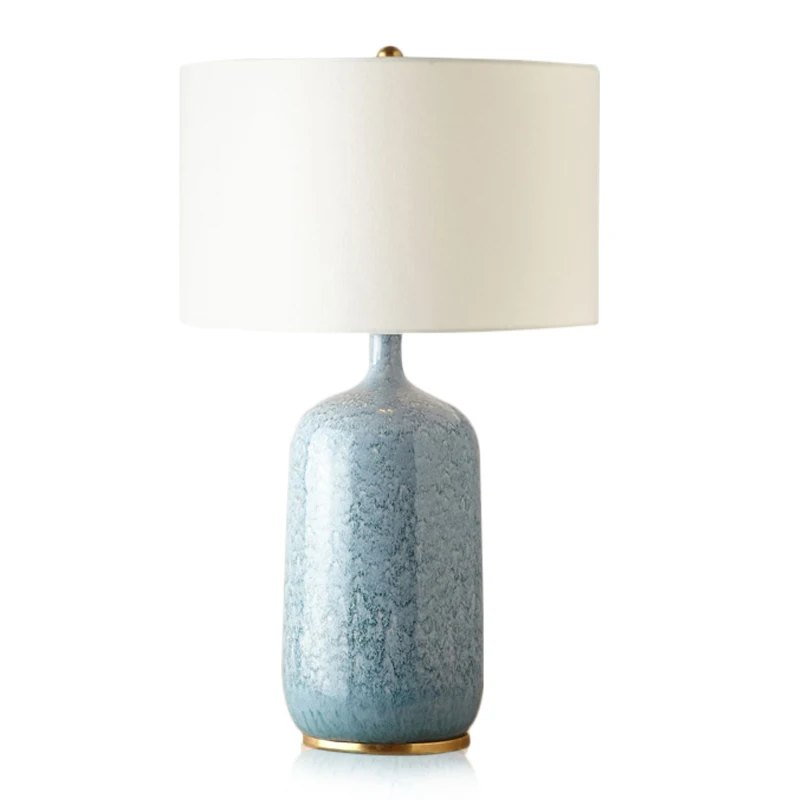
LEAFLETS
PRODUCTS
Beyond Illumination Table Lamps as Functional Art Pieces
The Material Palette: A Symphony of Textures and Finishes
The materials used in crafting a table lamp are crucial in determining its artistic merit. Beyond the traditional metals like brass and iron, contemporary designers are experimenting with a vast array of materials, each contributing a unique texture and aesthetic. Think of the sleek minimalism of a lamp crafted from polished chrome, reflecting light with a cool, modern elegance. Alternatively, the warmth and rustic charm of a lamp base carved from reclaimed wood evokes a sense of history and craftsmanship. The tactile qualities of these materials are an integral part of the experience; running a hand along a smooth, polished surface or feeling the rough grain of a wooden base adds a sensory dimension that transcends mere visual appeal.
Glass, another prominent material, offers unparalleled versatility. From the delicate, hand-blown glass of a Murano-style lamp to the bold, geometric forms of contemporary glass designs, the possibilities are endless. The transparency of glass allows for intricate internal detailing, illuminating the material itself and adding another layer of visual interest. The use of colored glass, etched glass, or even fused glass further enhances the artistic expression, creating lamps that are as much sculptures as they are light sources. Furthermore, the combination of different materials—a wooden base paired with a glass shade, for instance—adds complexity and visual depth, creating a truly unique piece.
Form and Function: A Harmonious Balance
The interplay between form and function is paramount in evaluating a table lamp as a work of art. The most successful designs seamlessly integrate these two aspects, where the aesthetic form enhances the functional purpose, and vice versa. A lamp's shape, size, and proportions should not only be visually pleasing but also contribute to the efficient and comfortable distribution of light. A well-designed lamp will cast light effectively without harsh glare, creating a warm and inviting ambiance.
Consider the iconic designs of mid-century modern lamps, often characterized by simple, geometric shapes and clean lines. These designs exemplify the ideal fusion of form and function, where the aesthetic minimalism is underpinned by a practical design that prioritizes effective illumination. Conversely, more elaborate, ornate designs can also achieve a harmonious balance, as long as the ornamentation enhances the overall aesthetic without compromising the lamp's ability to function effectively. The craftsmanship involved in creating these intricate details is another crucial element in their artistic merit.
Beyond Illumination: The Role of Light and Shadow
The quality of light emitted by a table lamp is not simply a practical consideration; it's an artistic element in itself. The color temperature of the light, whether warm and inviting or cool and crisp, can dramatically influence the mood and atmosphere of a space. The way the lamp interacts with its surroundings, casting shadows and highlighting textures, further contributes to its artistic impact. A well-designed lamp will skillfully manipulate light and shadow to create visual drama and interest, transforming a simple room into a captivating environment.
The shade plays a crucial role in this interplay. The material, shape, and size of the shade all affect the diffusion and direction of light. A translucent shade will cast a softer, more diffused light, while an opaque shade will create a more focused beam. The interplay between the light source and the shade can create dramatic effects, adding depth and texture to the space. The careful consideration of these factors transforms a simple lamp into a sophisticated light sculpture, capable of shaping the perception of the entire room.
The Designer's Intent: A Reflection of Personal Style
The artistic merit of a table lamp is intrinsically linked to the designer's intent and personal vision. Each designer brings a unique aesthetic sensibility to their work, resulting in a diverse range of styles and approaches. Some designers might prioritize minimalist aesthetics, focusing on clean lines and simple forms. Others might embrace more elaborate designs, incorporating intricate details and ornate decorations. Understanding the designer's philosophy and the inspiration behind their work adds another layer of appreciation to the piece.
The narrative behind the design, the story it tells, contributes significantly to its artistic value. Is it inspired by nature, architecture, or perhaps a particular historical period? Knowing the source of inspiration allows us to appreciate the lamp on a deeper level, understanding the thought process and creative journey that led to its creation. This context enhances our understanding and appreciation, transforming a functional object into a story waiting to be unveiled.
Conclusion: Elevating the Everyday
In conclusion, table lamps represent a fascinating intersection of art and functionality. By carefully considering the interplay of materials, form, light, and the designer's intent, we can appreciate these objects not simply as light sources, but as carefully crafted works of art that enrich our living spaces. Their ability to transform a room, to set a mood, and to reflect personal style elevates them beyond the mundane, transforming the everyday into something truly special. The next time you choose a table lamp, consider it not merely as a practical purchase, but as an opportunity to introduce a unique piece of functional art into your home.
SUBSCRIBE
INQUIRY










